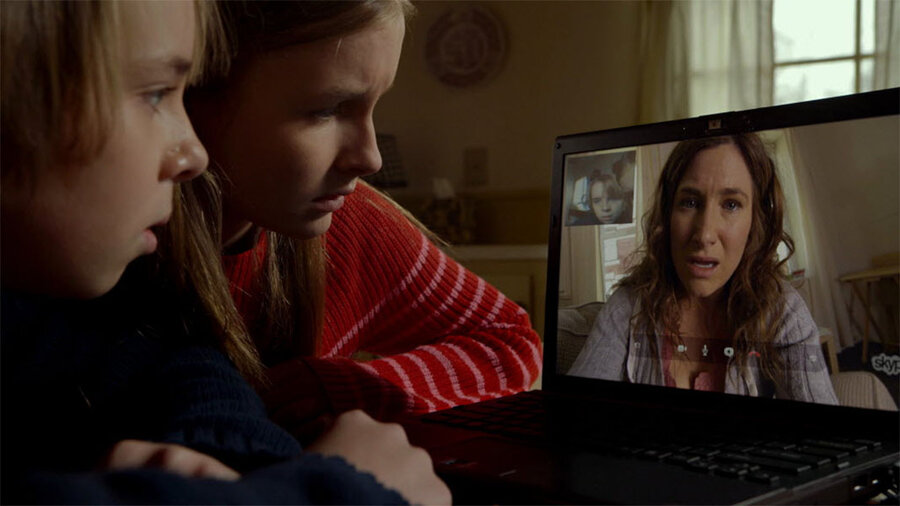'The Visit': Shocks and jokes alike land with thuds
Loading...
A family get-together starts out strange and quickly enters nightmare territory in "The Visit," a horror-thriller.
Told from a camera-equipped kids'-eye-view, M. Night Shyamalan's latest is well cast and strong on setting. But the dull thudding that resounds isn't part of its effective aural design; it's the ungainly landing of nearly every shock and joke.
Notwithstanding the evidence of Shyamalan's features since the pitch-perfect "Sixth Sense," hope endures among fans that lightning will strike twice. In the wake of bloated recent outings "After Earth" and "The Last Airbender," that hope takes on a particular fervency with this modestly scaled return to straight-up genre fare. That anticipation will drive theatrical business for the feature, as will the lure of sheer horror fun, at least until word-of-mouth stems the box-office tide.
Early in the film, there's a wonderful moment when a mom's exuberant clowning shifts to tears. Played by the terrific Kathryn Hahn, she's a divorced woman seeing her kids off at the train station. From that point on, the energy, warmth, and nuance of her performance is reduced to intermittent Skype sessions – a crucial element to the story, but nonetheless a letdown for the viewer.
To give Mom time alone with her boyfriend, teenage Becca (Olivia DeJonge) and tween Tyler (Ed Oxenbould), a serious germophobe and aspiring rapper, have volunteered for a weeklong stay at the Pennsylvania farm of their grandparents. It's an especially generous offer given that they've never before met Nana and Pop Pop (Deanna Dunagan and Peter McRobbie).
But there's more to it than generosity; the camera-wielding siblings, budding auteur Becca in particular, sense an opportunity to make a documentary that uncovers the generational rift between their grandparents and their mother, who left the farm as a teenager, under circumstances she refuses to discuss.
Cinematographer Maryse Alberti captures the sense of a nonstop work in progress, seen through the lenses of the kids' video cameras and laptop, with reality-style interviews, off-center framing, and p.o.v. night footage à la "Blair Witch." Shyamalan uses the various devices to tiring effect, and without conjuring the requisite deep chills.
Playing off the winking self-consciousness of the film-within-a-film, there's a jokey aspect to the feints and shock cuts. The writer-director's would-be sendup of down-home country comfort tries to have fun with fairy-tale terrors. The result is almost always mechanical rather than exciting or funny, despite the actors' layered performances – the self-aware kids, Dunagan's otherworldly weirdness, and McRobbie's unnerving deadpan.
The rural winter backdrop works as a fitting contrast to Mom's Skype dispatches from her sunny cruise-ship vacation. Within what's essentially a single setting, Shyamalan and Alberti keep things visually diverse but cohesive, while Naaman Marshall's clean farmhouse interiors avoid the common trap of over-design.
The movie is not without an emotional core, though: It's Hahn's mostly absent character, and although she's called upon to deliver the heavy-handed moral of the story, she manages to make every moment she's onscreen ring true.







